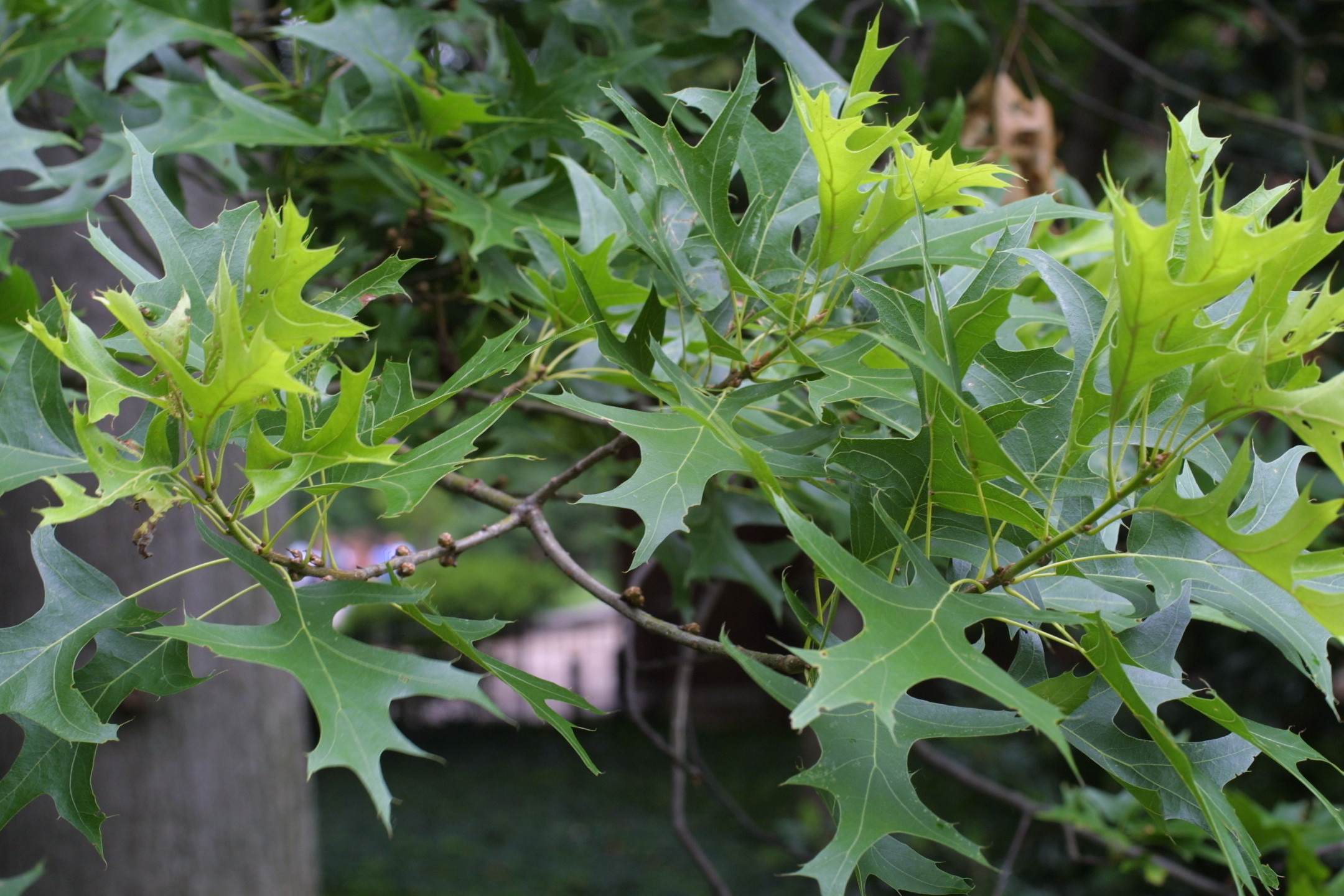
Several years rather than occurring over a period of two or three months with Scorch and decline occurs progressively over Normal in the spring, but later show scorch symptoms. The margins of the leaves with interior portions of the leaves near the veins Mid to late summer, resulting in leaf scorch a browning or discoloration of The tree suffers water stress, especially in This happens during the height of summer not The leaf color changes to a dull pale green and finally, theĮntire leaf dies and turns brown. Leaf margins and death of the leaf progresses slowly downward toward the midribĪnd petiole. Leaves on diseased tress begin to dry along Symptoms start to appear in mid-summer and continue until fall. Time of symptom developments, leaf color change and the annual progression of Reaction in the tree that plugs the xylem, further impeding water Water transport becomes disrupted in roots,īranches, and leaves due to large amounts of multiplying bacteria and their “clogs” the tree’s water conducting tissues or xylem. Scorch: Northern red oaks in New Jersey are įollowing is some information of some symptoms of different Problems, you could take a sample of the leaves to them, there is usually aĬharge, or you could send a sample to the diagnostic services in E. If you have an extension office near you that diagnosis pest
PIN OAK LEAVES HOW TO
Information on how to obtain a soil test from: Since you said the leaves didn’t green up as darkĪs you expected, it could be a nutrient deficiency in your soil. Trees being more established would be able to tolerate a drought situationĮasier than the younger tree. Have paved areas, which would interfere with the absorption of water, so it I see by your picture that at least two sides of the tree Having an arborist look at it to determine the problem. Things, such as drought stress, spring frost damage, lightning strikes, orĭiseases such as bacterial leaf scorch, oak wilt, anthracnose, and insectĪre still partially green can help to diagnose, but without close examination, Early leaf drop can be caused by a number of It is difficult to tell what is happening to your oak. (A very busy summer kept me distracted in tending to this matter sooner!) I'm sad, and hope we don't lose the tree it has been a stunning tree. I can't tell you anything about the bark, as I haven't examined it closely. I always thought it was because it was a younger tree. This particular tree's leaf color is usually a brighter lime green color (like new leaves in the spring, but it stays that color all season long), whereas the older pin oaks are a darker green. And, the remaining trees in our yard haven't really begun to turn color (autumn). Well, now those leaves that dried up have fallen off, which is well over three-quarters of the leaves on the tree.
:max_bytes(150000):strip_icc()/GettyImages-761640173-024cecd4195a4343b9e0e5456df7902c.jpg)
This change started with a few leaves then kept spreading. (we have quite a few pin oak trees in our yard that are much older than this particular tree.) This summer the leaves on part of the tree started turning brown, then drying up. I have a pin oak tree in my yard that is about 25 years old. The bark and form of Shumard are more similar to that of Northern Red Oak (Quercus rubra).Hello, I hope someone can help me with my problem. The bark and form are similar to that of Willow Oak (Quercus phellos), smooth when the tree is young, becoming shallowly ridged, broken by shallow longitudinal fissures.


Pin Oak is associated with bottomlands and swamps, as the name palustris indicates. Also compare with Cherrybark Oak (Quercus pagoda). Both Shumard and Pin may show tan hairs in the axils of the veins beneath (see left). shumardii) also grows in swamps, but the sinuses are slightly less deep. coccinea) also has deep sinuses, but grows in uplands. The smooth leaves are distinguised by their deep sinuses. Pin Oak is commonly planted in North Carolina, but fairly rare in the wild, where it occurs in the northern half of the Piedmont. Plantae>Magnoliophyta>Magnoliopsida>Fagales>Fagaceae>Quercus palustris Muenchhausen Trees, Shrubs, and Woody Vines of North Carolina Pin Oak (Quercus palustris)


 0 kommentar(er)
0 kommentar(er)
